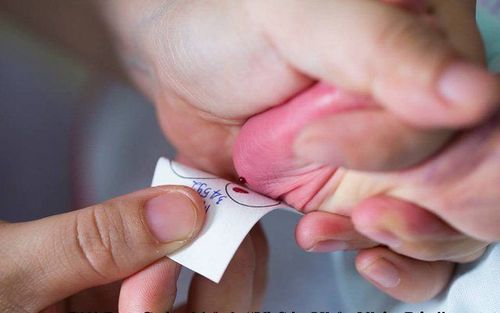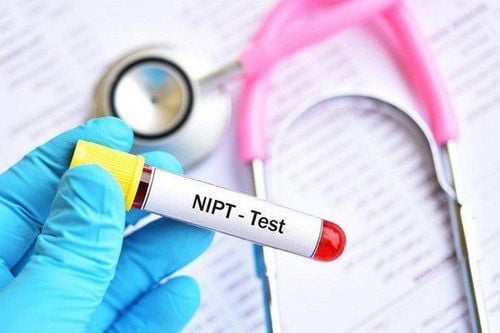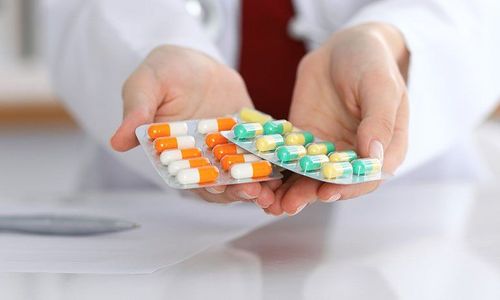This is an automatically translated article.
The article was professionally consulted with Master, Doctor Vu Quoc Anh - Pediatrician - Department of Pediatrics - Neonatology - Vinmec Danang International General Hospital.It's easy for many parents to become worried when their child has a high fever, especially if a child has g6pd. The use of antipyretic drugs for children with g6pd deficiency should be done more carefully with the advice of treating doctors.
1. How to tell if a child has a fever
Fever is a beneficial response that protects the body against the entry of pathogens or harmful inflammatory reactions. Fever is characterized by an increase in the body's thermoregulation point above the normal limit but without harm to biological reactions and metabolic processes in the body.A child's normal body temperature usually ranges from 36.5 degrees Celsius to 37.5 degrees Celsius in the central area. When measuring the temperature in the peripheral area such as the armpit, parents need to add 0.5 degrees Celsius to get the correct body temperature. When the temperature exceeds the threshold of 37.5 degrees Celsius, the child has a fever. Classification of fever severity is mainly based on body temperature. Children with a fever above 38.5 degrees Celsius are considered high fever, and children with fever above 40 degrees Celsius have an increased risk of convulsions. In addition, children with high fever can also present with various other symptoms such as lethargy, inflexibility, sweating, difficulty breathing, loss of appetite, chills...
In children with fever, when Parents may feel heat in areas of the body such as abdomen, armpits. The cheeks and lips of a feverish child will be redder than usual. These are the signs to suggest before taking basal body temperature to determine if a child really has a fever. Detecting and classifying the severity of fever is useful for the next stages of management, including the use of antipyretic drugs for children.
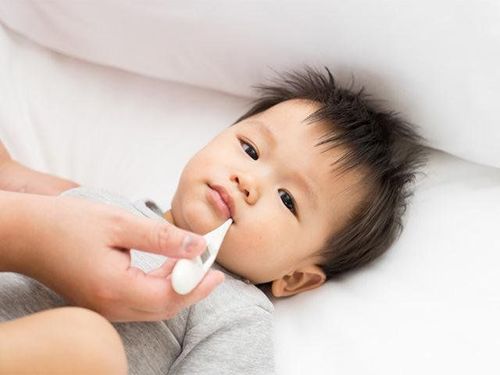
2. Fever reducer for children
Many children's fever reducers are over-the-counter and can be taken at home before seeing the doctor. This is also the group of drugs that are recommended to be in every family's personal medicine cabinet. Antipyretic drugs for children are produced in the form of many preparations including oral tablets, suspension, effervescent tablets, powder packs, suppositories. Depending on the age and characteristics of each child, parents and treating doctors can choose the most appropriate drug.Medicines are packaged in powder form in small packages, often with a fruity aroma, suitable for most children with fever because of their taste and effectiveness equivalent to tablets, appearing after about 30 minutes of use. Choose the content of each pack of medicine according to the weight of the child. Please read the instruction manual carefully before use. The rectal tablet form is suitable for young children or those with high fever, lethargy, convulsions, nausea and vomiting, and cannot drink.
Some notes when using antipyretic drugs for children include:
Fever in children younger than 3 months old should be considered as high fever and need to take the child to medical facilities immediately. Self-administration of antipyretics in children in this situation is not recommended. Carefully read the expiration date and instructions for use before giving your child fever-reducing medicine. Use antipyretic drugs according to the child's weight, do not arbitrarily overdose or combine many different antipyretic drugs.
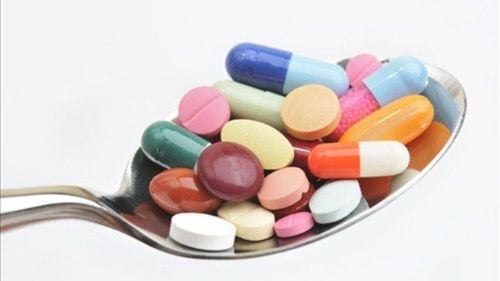
3. Principles of using antipyretic drugs for children with g6pd deficiency disease
Children with g6pd deficiency are characterized by soft red blood cells that make them fragile and lead to anemia. Diseases and fever causing agents as well as antipyretic drugs given to children are favorable factors that increase the risk of red blood cell breakdown. Therefore, the use of antipyretic drugs for children with g6pd deficiency disease should be conducted carefully to ensure a balance between reducing fever and protecting children's health.In children with a mild fever below 38.5 degrees Celsius, physical methods of reducing fever should be applied first such as wiping the young person with warm water, focusing on areas that generate a lot of heat such as forehead, armpits and groin, Dress children in light, breathable clothing.
When the temperature exceeds 38.5 degrees Celsius, the child needs to be given fever-reducing medicine. The most common and safest antipyretic drug today is paracetamol. The drug is absorbed and takes effect quickly after a short time. Side effects of paracetamol are usually low frequency and not serious. When using paracetamol to reduce fever in children with g6pd deficiency, the dose is always the first concern because overdose in this case can lead to serious complications, including hemolytic anemia due to rupture of red blood cell membranes.
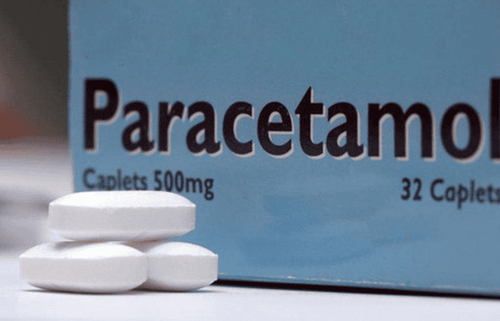
For children to be healthy and develop well, it is necessary to have a nutritious diet in terms of quantity and quality balance. If children are not provided with adequate and balanced nutrients, it will lead to diseases of excess or lack of nutrients, which adversely affect the comprehensive development of children in terms of physical, mental and motor skills.
Children who do not eat properly are at risk of micro-mineral deficiency causing anorexia, growth retardation, malabsorption,... If they notice the above signs, parents should supplement their children with products. The supplement contains lysine, essential micro-minerals and vitamins such as zinc, chromium, selenium, and B vitamins to help fully meet the nutritional needs of children. At the same time, these essential vitamins also support digestion, enhance nutrient absorption, help improve anorexia, and help children eat well.
Parents can learn more:
Signs of zinc deficiency in children
Micronutrient deficiency and failure to gain weight in children
Please regularly visit Vinmec.com website and update useful information to take care of your child. Take care of the baby and the whole family.
Please dial HOTLINE for more information or register for an appointment HERE. Download MyVinmec app to make appointments faster and to manage your bookings easily.






